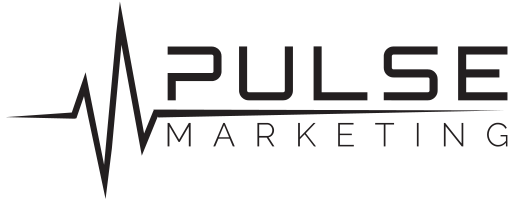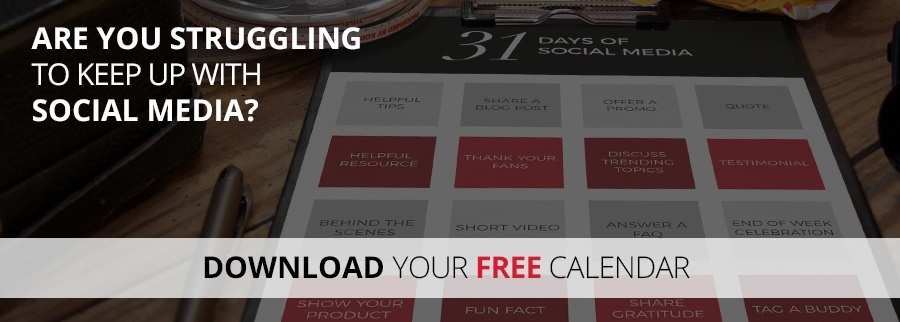
In the world of growing ad budgets and shortening attention spans, how do you successfully get more people to see what you’ve got to offer and then follow through to make a purchase or get in contact with you?
There are many ways to drive visitors to your offers organically but it takes a long time to get any traction and you only have so much time on this green earth. You can only be in so many places at once and you’re probably already stretched so thin that if you tried any harder you’d snap, and you can’t have that because then no one would pick up jimmy from practice. So, what do you do?
You try advertising on Facebook.
And…
you get crappy results.
Either you or your team tried to throw together an ad by following some YouTube videos and maybe reading some blog articles, and it bombed. You don’t see any return for the cash you spent so you decide Facebook ads aren’t for you and you give up on them. I hear this story more and more from business owners in all industries, and I get it. It can be tough to dive into paid advertising for the first time without understanding how it all works and It can be especially challenging to dive into Facebook ads without understanding the basics. Most people just write an ad that says something like: “Here’s my awesome product. Click the link to buy it now for 10% off!” And then they send these ads to cold audiences (people who don’t know your brand) and wonder why their ads don’t convert.
So how do you successfully leverage Facebook to get traffic that is ready to purchase your offer or get in contact with you? How do you get paid ads to work? How do you lower cost per lead and cost per conversion? Well, let’s dive in!
Before you get caught up in the bells and whistles that Facebook Advertising offers, you need to get back to the basics. Before you spend another cent on Facebook advertising, you need to understand a customer journey. Now, some companies have their own customer journeys for specific product & service offerings but the journey itself is generally the same. This 5-step framework, inspired by concepts from the book Breakthrough Advertising by Eugene M. Schwartz and interpreted by the team over at Digital Marketer, is a great start to understanding a customer journey.
The 5 steps are defined by a pretty catchy acronym, “Up Side” spelled UPSYD. Each letter of UPSYD describes a step in the customer journey. As an example, let’s pretend you offer a health solution that helps people live a healthier life. How does UPSYD explain your average customer journey? Here are the UPSYD steps in action:
U: Unaware: Joe Average has no knowledge of anything except, his own identity or opinion. He is living his average life. He goes to work, comes home, has some dinner and watches his favorite show, falls asleep, wakes up and then does it all again.
P: Problem or Desire Aware: Joe Average senses he has a problem, but doesn’t know there’s a solution out there. Maybe he was flipping through the channels one night and ended up watching a talk show where the expert guest mentions that watching a lot of TV is bad for the body and is the reason the average joe is overweight.
S: Solution Aware: Joe Average knows the result he wants, but not that your product provides it. At this point, Joe probably goes to Facebook and Google to search for solutions to his problem or desire to become healthier. This is where you come to Joe and introduce yourself or your company through a paid ad.
Y: Your Solution Aware: Joe Average knows that you provide a solution, but isn’t sure it’s right for him. At this step in the customer journey it’s up to you to nurture the relationship with Joe, sending him customer testimonials and letting him know that others just like him are getting results with your solution via paid ads or emails.
D: Deal (The Most Aware): Joe Average knows your product, and only needs to know “the deal”. He’s been to your store/shopping cart. Maybe He’s waiting for a discount code or a special offer before he takes an action. This is the final step before Joe Average will become your customer.
Use UPSYD for your next ad copy
So now that you know the 5-step framework of the customer journey you need to use it before you write your next ad copy. The ad that says: “Here’s my awesome product. Click this link to buy it now for 10% off!” will not convert on people who are in the U, P, or S step in the customer journey. Your ad copy needs to be super specific and relevant to the person reading it to have any chance of getting them to take an action. The goal with paid advertising is to move people from being unaware or problem aware to solution aware and then aware of your solution.
So, start by writing ads that touch on people’s pains points and that address the problem or desire they might want. From there you can introduce your solution and then offer them a deal. Some marketers do this all in one long form ad (which takes copywriting skills) and others break up this transformation process into different ads targeted to different audiences along their journey (which also takes some skills).
Either way you decide to go about it, you now have the UPSYD framework and your ads stand a far better chance of converting all types of traffic in all types of industries.And remember, the best ad addresses the right problems, to the right audience and offers an irresistible solution.

